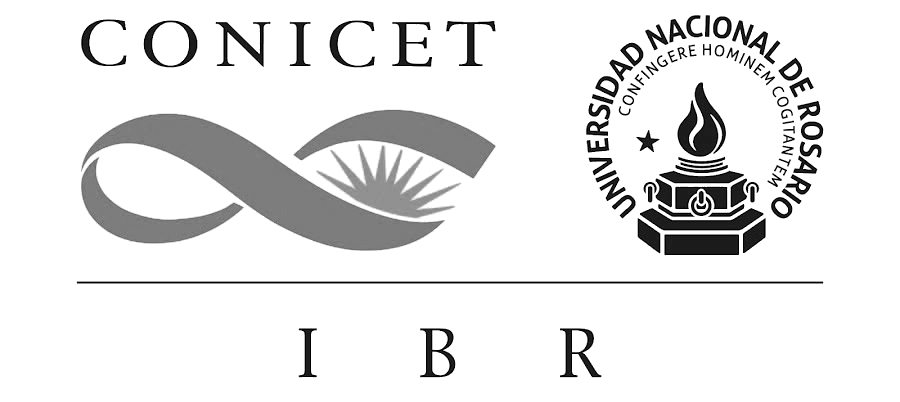research groups
Biochemistry and Metabolic Regulation
summary

- de Mendoza, Diego Location: CCT
Email: demendoza@ibr-conicet.gov.ar
- Altabe, Silvia Location: CCT
- Mansilla, María Cecilia Location: CCT
Email: altabe@ibr-conicet.gov.ar
Email: mansilla@ibr-conicet.gov.ar
- Lopez Crespo, Ramiro
- Vallejos Vigier, Victoria
RESEARCH LINES
Use of Caenorhabditis elegans to study lipid metabolism disorders
The roundworm C. elegans is a powerful model organism for elucidating fundamental biological processes. The quick generation time and easy lab maintenance of C. elegans provides a high-throughput way to address research questions that may be too complex to approach in higher order organisms. Many genes in C. elegans are conserved from worms to humans, thus nematodes provide a way to address questions in the context of a whole organism that otherwise must be done in vitro or in isolated cell culture systems. These aspects of C. elegans biology, together with conserved lipid biosynthesis pathway, make C. elegans an attractive model for study the role of lipid in neurodegenerative diseases. We use this nematode to address 1) How endocannabinoids prevent or recover the dysfunction of cholesterol homeostasis associated to Alzheimer and Niemann-Pick diseases, 2) How malonyl-CoA, a key intermediate of fatty acid biosynthesis, controls feeding behavior, and 3) How unsaturated fatty acids regulates metabolic disorders and the cellular aggregation of amyloid proteins. To tackle this last aim, we collaborate with the group of Dr. Andres Binolfi using NMR methodologies in vitro, e in vivo combined with microscopy and metabolomic approaches.
Search for new targets for the development of bioactive compounds against Gram positive bacteria and unicellular parasites
The emergence and spread of antimicrobial resistance among bacteria and the lack of effective and low-toxicity drugs to combat parasitic protozoa has intensified the need for the discovery of compounds directed against hitherto unexploited targets. Organic and inorganic cofactors, such as vitamins or metal ions, play a fundamental role in the survival of both eukaryotes and bacteria. Therefore, interfering with biosynthetic pathways or their acquisition through diet presents interesting pharmacological possibilities. One of the objectives of our working group is to understand how microorganisms post-translationally modify their proteins with lipoic acid, and to validate the underlying molecular processes as targets for the design of new antimicrobials. Through an inter and multidisciplinary strategy, including genetics, biochemistry, structural biology and combinatorial chemistry techniques, we propose to identify and test the effect of bioactive compounds, with structures and mechanisms of action different from those currently used, that block protein lipoylation in Trypanosoma, Plasmodium, Staphylococcus aureus and other pathogenic Gram positive bacteria.
Role of the synthesis of unsaturated fatty acids in adaptation to cold, production of virulence factors and pathogenesis of Bacillus cereus
The Bacillus cereus group comprises bacteria of economic importance and of different degrees of pathogenicity. They are Gram-positive bacteria with extraordinary ecological diversity that adapt to different stress conditions and can grow between 4° and 50°C. At low temperatures, bacteria undergo changes in their cell physiology, the most important being the decrease in membrane fluidity. In bacteria, the content of unsaturated fatty acids (UFAs) in membrane lipids plays an essential role in increasing the fluidity and functioning of biological membranes at low temperatures. UFAs are synthesized by enzymes called desaturases, which introduce double bonds in the acyl chains of fatty acids (FA) in membrane lipids, thus playing an important role during the adaptation process. Bioinformatic studies carried out with the genomes of B. cereus showed a variable number of putative membrane desaturases and Acyl-ACP-desaturases (soluble) in the same organism, this being the first time that the presence of Acyl-ACP-desaturases has been reported in Bacillus. In this project we intend to establish the role of these desaturases in the adaptation to low temperatures and in the production and excretion of virulence factors, decisive elements in the establishment of pathogenesis.

